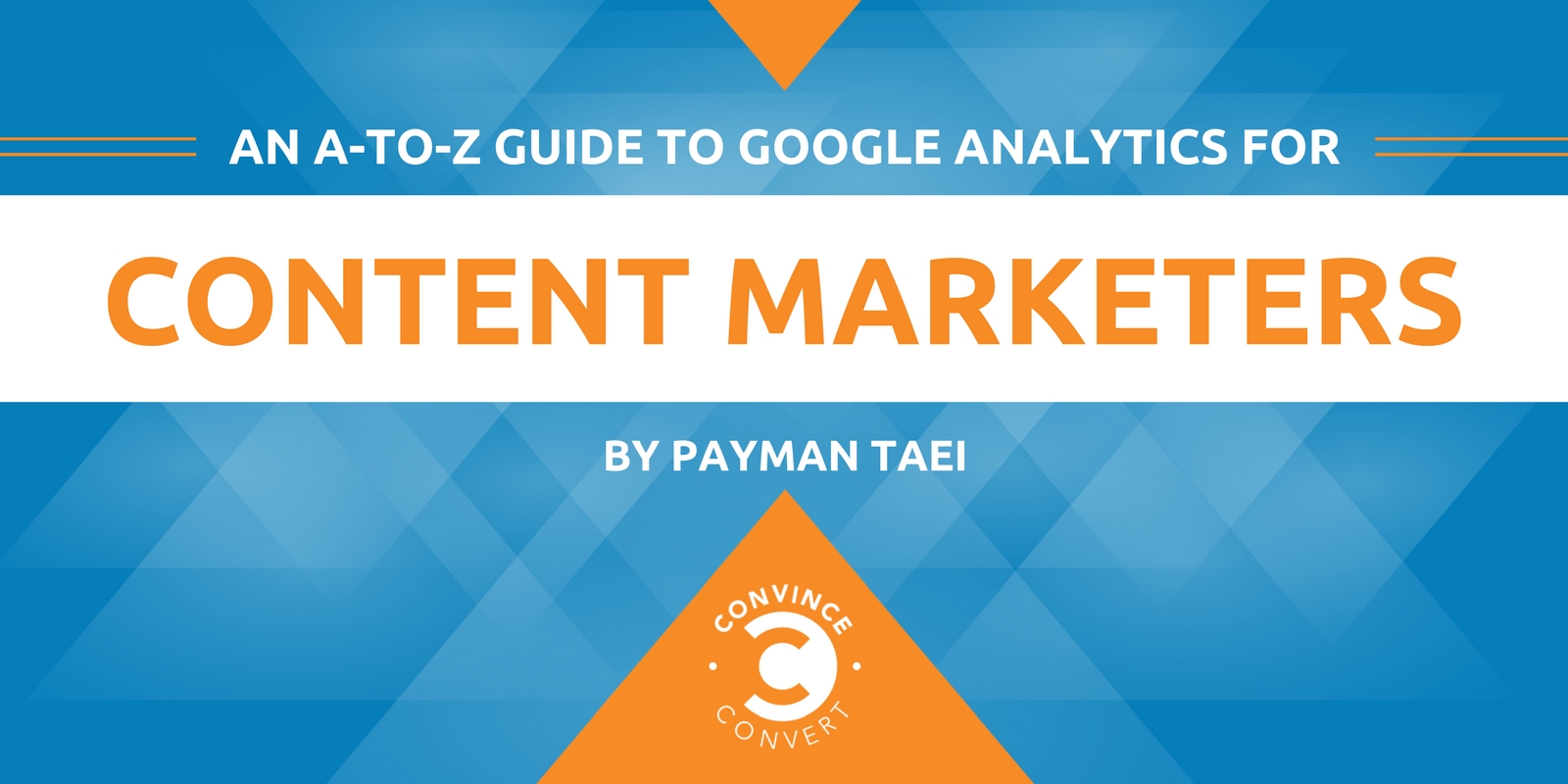An A-to-Z Guide to Google Analytics for Content Marketers1. In many ways, analytics are what makes the world go ’round—particularly in the data-driven environment that we’re now living in. Analytics let you go beneath the numbers, cutting to the true heart of the story that is hiding in plain sight. If your data answers the question “what?”, analytics uncover the secrets of “where, why, and how?” The Importance of Google Analytics This is particularly important for content marketers, as the “where, why, and how?” of it all are often used as the basis of important decisions moving forward. Reading the numbers captured in Google Analytics and paying close attention to the story they’re trying to tell you are the best ways to not just make data-informed decisions, but to continually improve their marketing performance across the board. Break things down a bit further to get a better idea of just how essential services like Google Analytics have become in the modern era. The problem with this is that “whether or not you accomplished your goal” is only part of a much larger story. Using Google Analytics for Actionable Insight With Google Analytics, you can formulate a hypothesis about your content performance: “My audience loves infographics, and I think they’re going to love this one, and my proof will be in an increased level of social media shares.” It’s an oversimplified example, but you get the point. You can see exactly what channels your infographic performed well on and which it didn’t, taking the time to learn as much about what actually happened as possible. “My infographic didn’t perform as well as I wanted it to, and people typically only read about half of it, so based on that, I can extrapolate that it was too long.

In many ways, analytics are what makes the world go ’round—particularly in the data-driven environment that we’re now living in. According to Forbes, more data was created during the last two years than in all of the time in human history leading up to it combined.1
That’s a terrific position to be in if you’re a business trying to learn more about your customers, but it’s also an overwhelming time for people who were never prepared to make “number crunching” a full-time job. As a result of this massive influx of data, analytics services (and particularly Google Analytics) have become an invaluable tool for people, content marketers in particular, over the last decade.
What makes analytics so powerful is that you’re not just looking at a way to house or sort your data. You’re no longer just looking at a series of numbers that it is up to you to interpret. Analytics let you go beneath the numbers, cutting to the true heart of the story that is hiding in plain sight. If your data answers the question “what?”, analytics uncover the secrets of “where, why, and how?”
The Importance of Google Analytics
This is particularly important for content marketers, as the “where, why, and how?” of it all are often used as the basis of important decisions moving forward. Reading the numbers captured in Google Analytics and paying close attention to the story they’re trying to tell you are the best ways to not just make data-informed decisions, but to continually improve their marketing performance across the board.
Break things down a bit further to get a better idea of just how essential services like Google Analytics have become in the modern era. Say you’ve got an idea for a particular piece of content, like an infographic about charitable contributions and other community service your business has conducted, using tips from…

COMMENTS